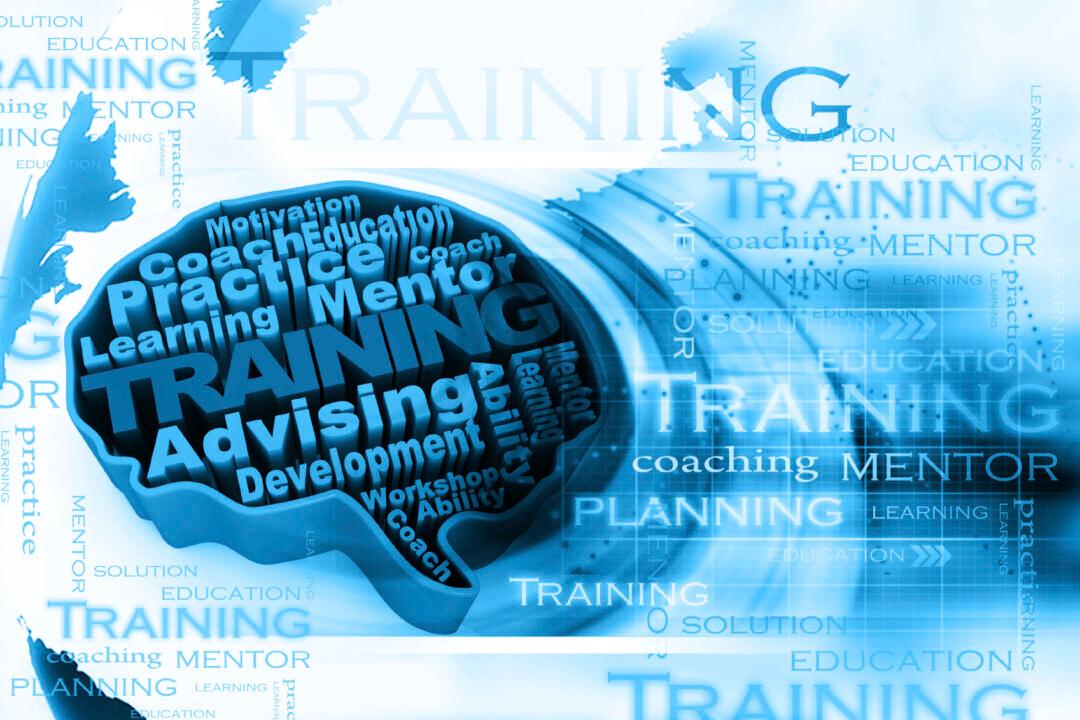In a recent interview, “Game of Thrones” star Emilia Clarke spoke about being able to live “completely normally” after two aneurysms—one in 2011 and one in 2013—that caused brain injury. She went on to have two brain surgeries.
An aneurysm is a bulge or ballooning in the wall of a blood vessel, often accompanied by severe headache or pain.



